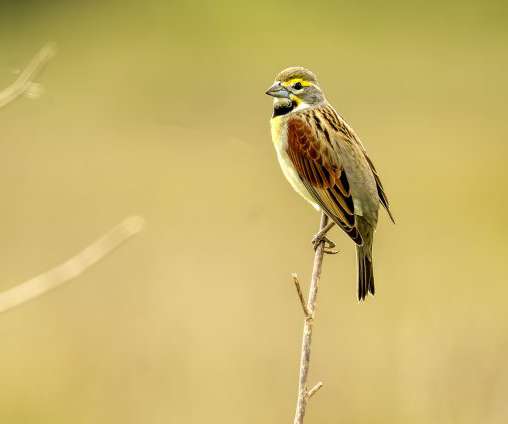The “Rufa” Red Knot is now protected under the Endangered Species Act
10,000 Birds
DECEMBER 18, 2014
The ability of knots to successfully raise their chicks is very sensitive to snow conditions, the availability of insects as food, and the presence of predators, all of which are affected by climate change. Red Knots have already lost more than 80 percent of their coastal habitat in Florida, New Jersey, and New York.











Let's personalize your content